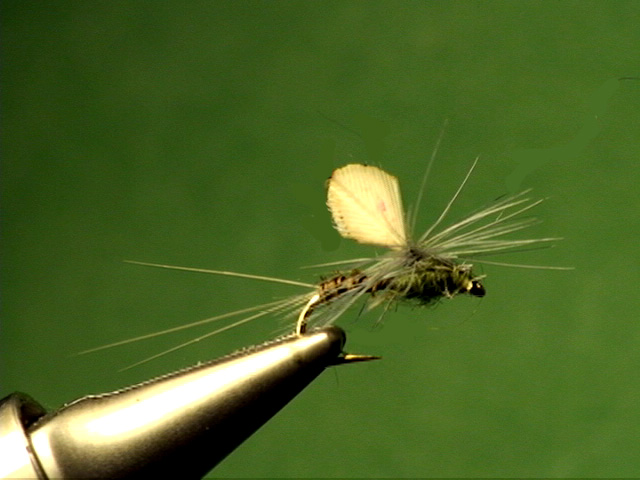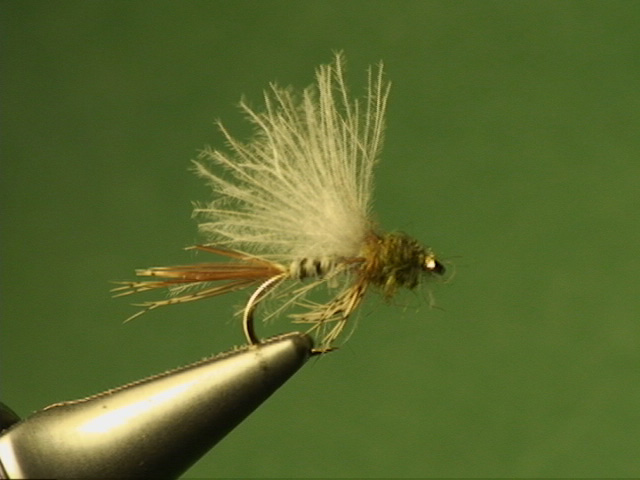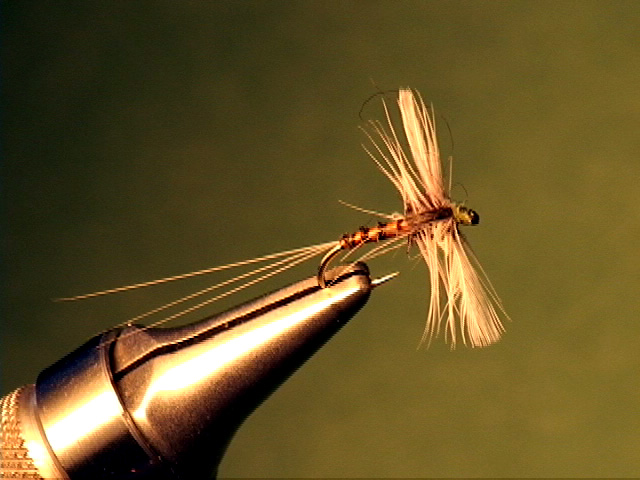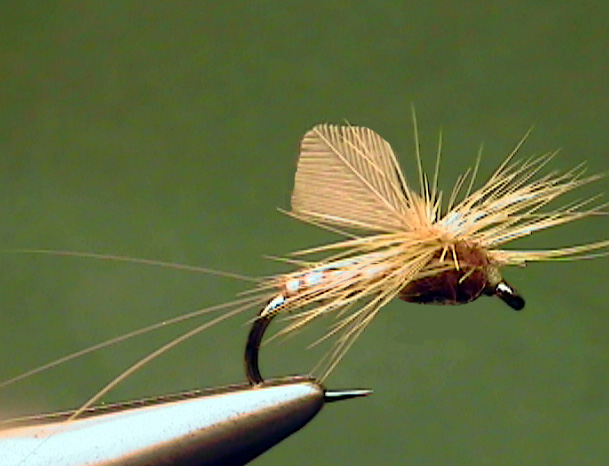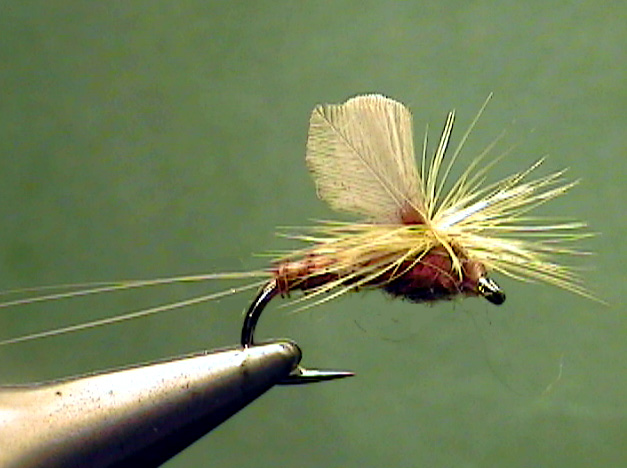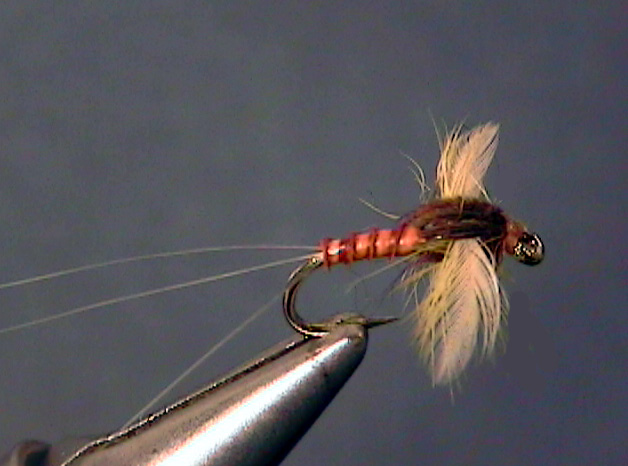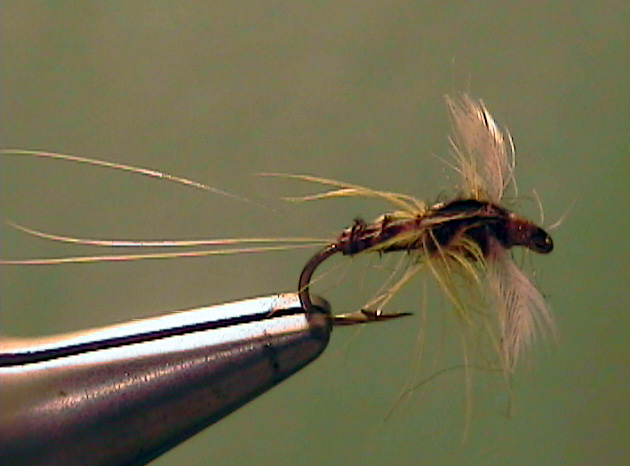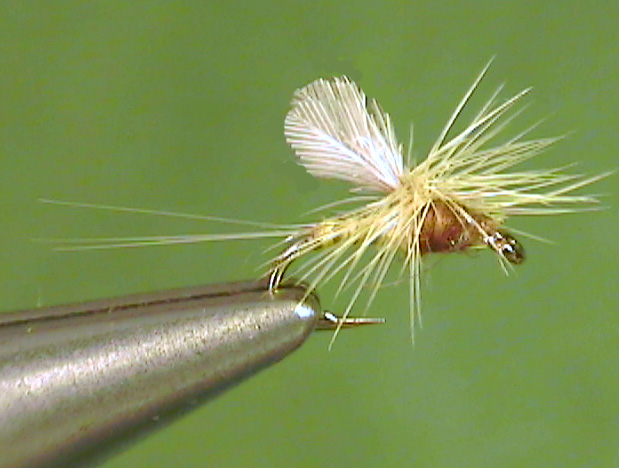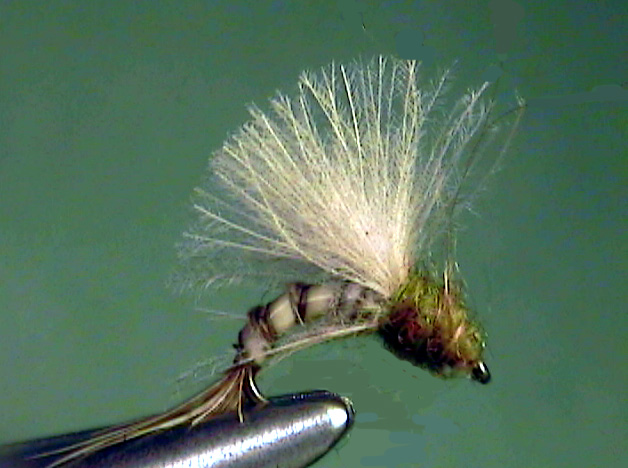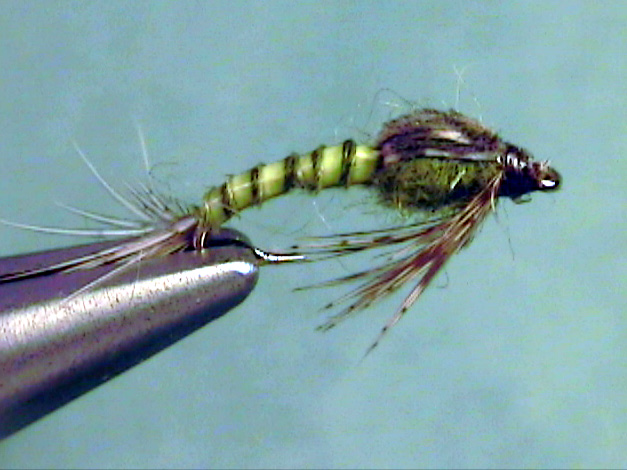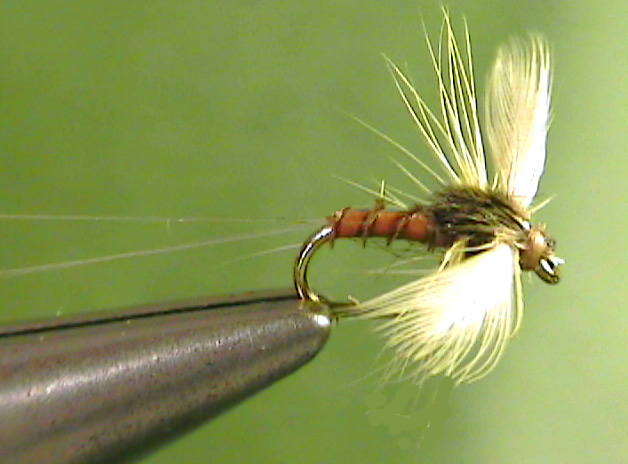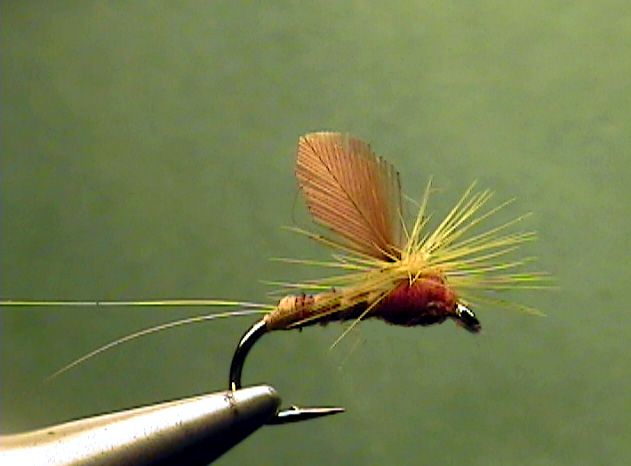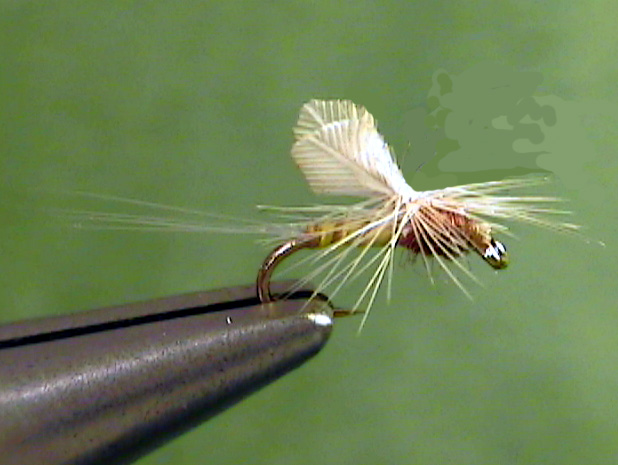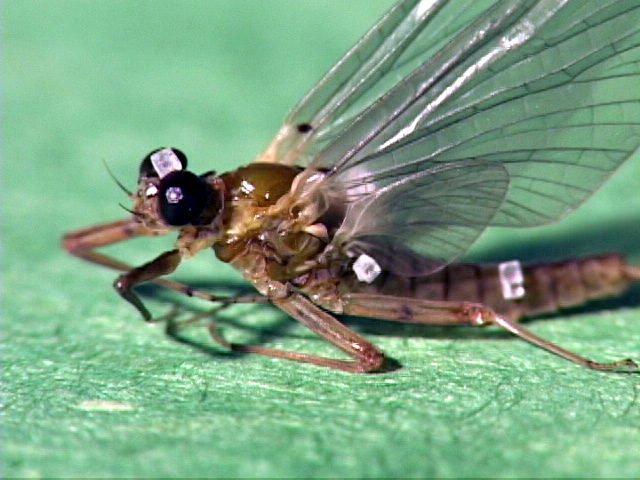
common in the park but not in large
quantities typical for some of the
many different species of them.
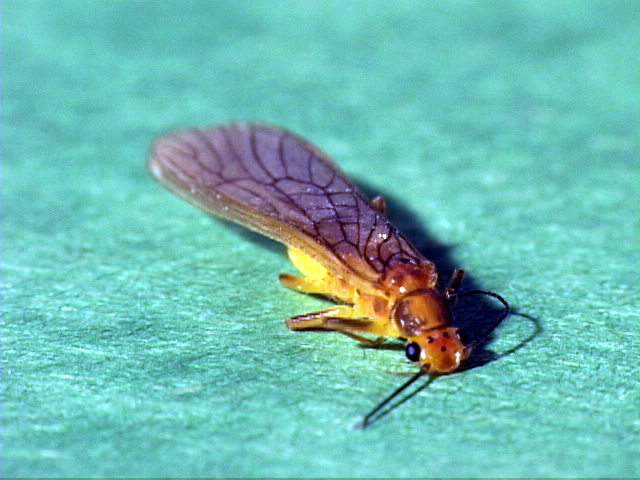
“Yellow Sallys” by most anglers
are very common in most of the
park’s streams.
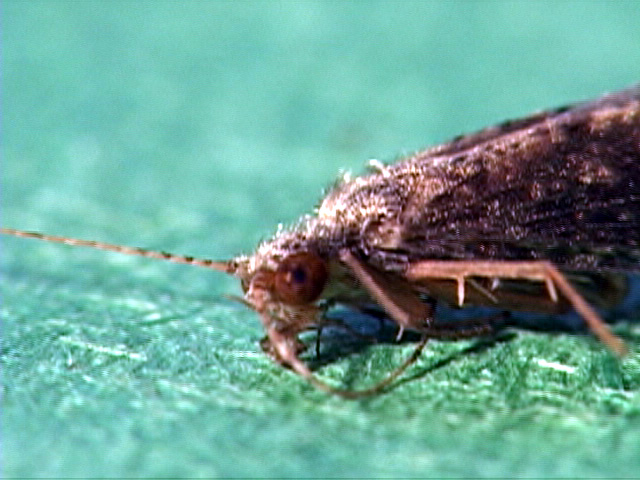
the park. Most of them are
scrapers, predators, and shedders
rather than net-spinning
caddisflies.
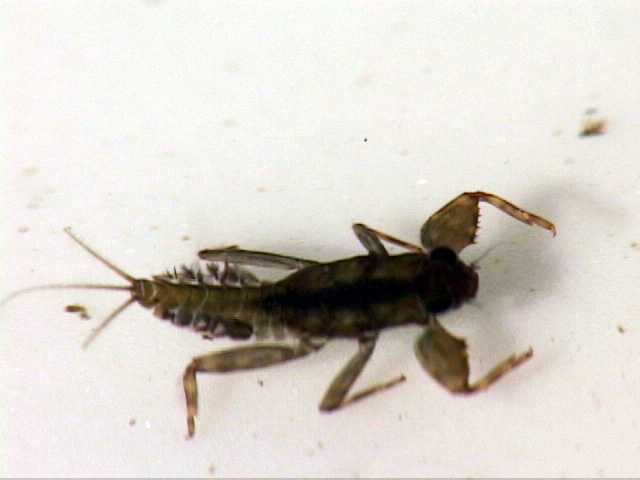
Short tails and big front legs help
indentify this one.
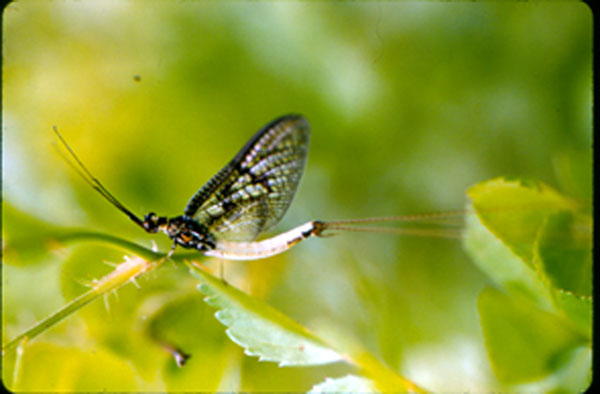
Spinner)
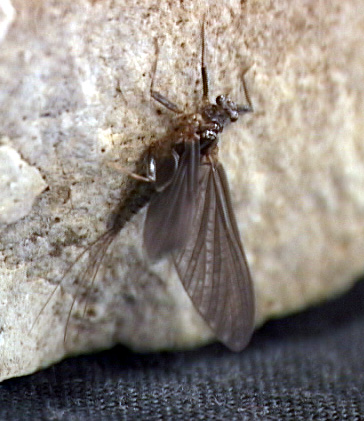
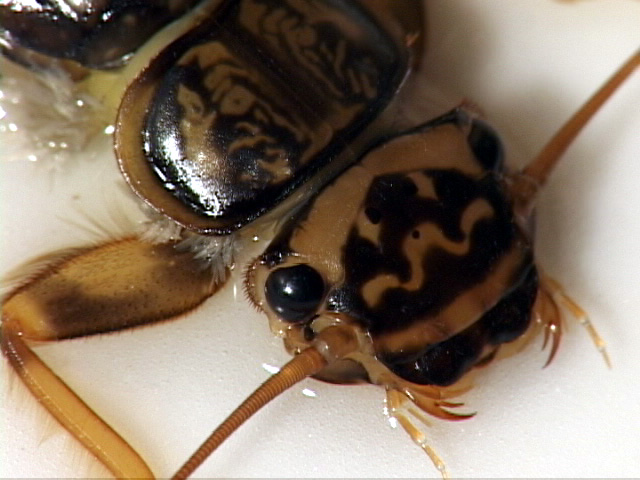
one of the Golden Stoneflies.
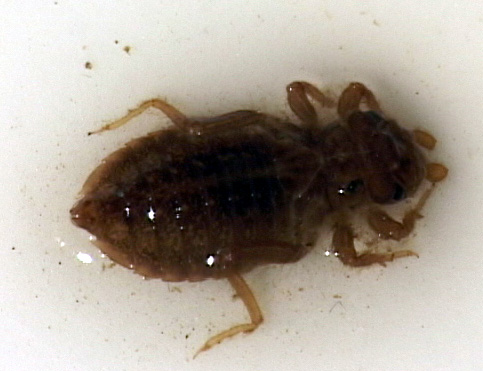
hatches out, it will feed on the little
Blue-winged Olives.
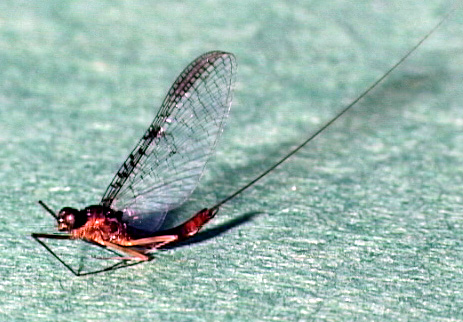

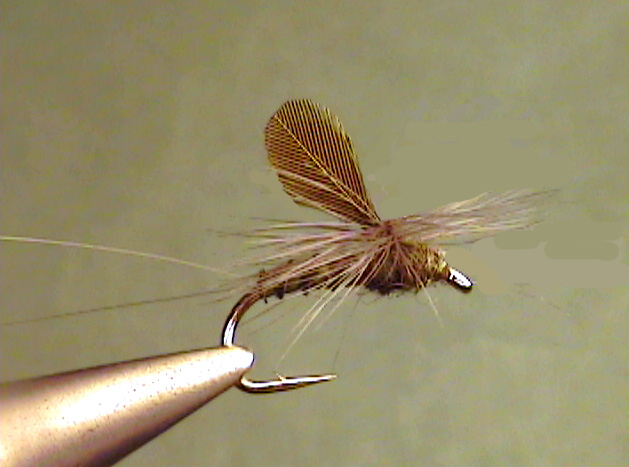
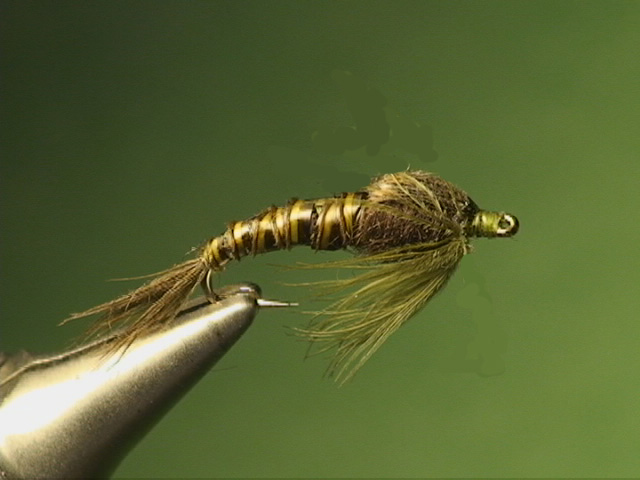
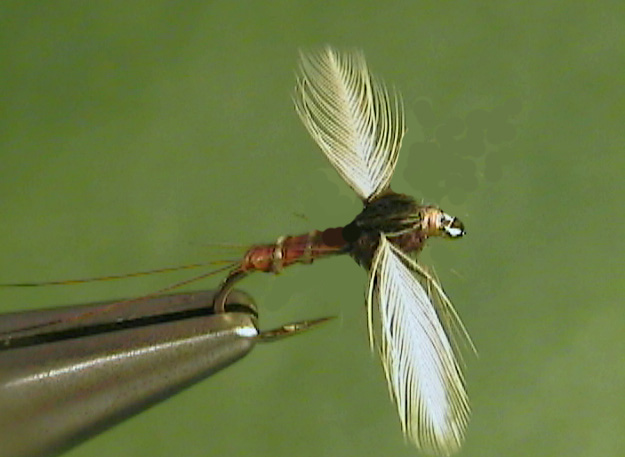
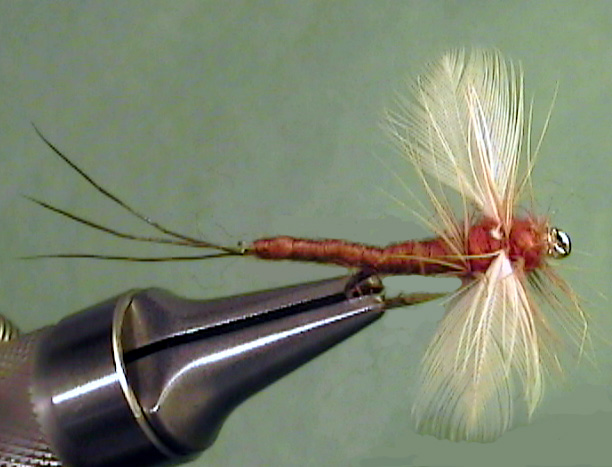
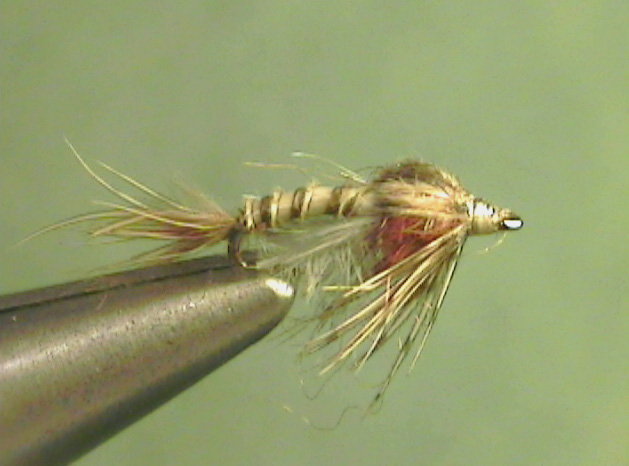
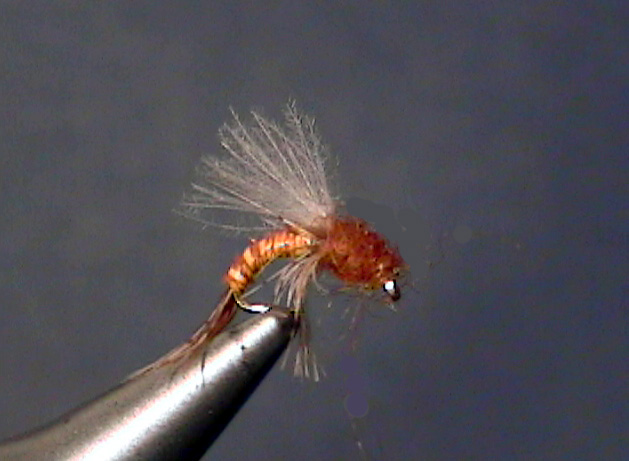
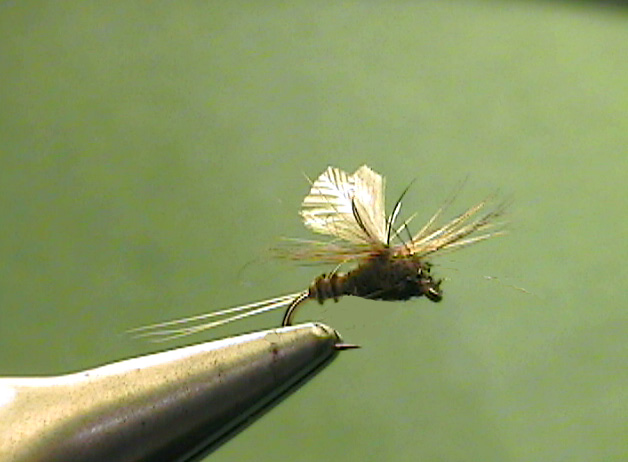
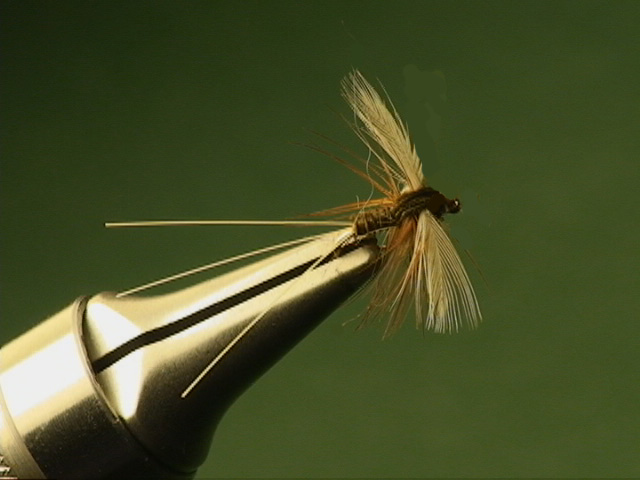
Aquatic Insect Hatches:
You will find that the Smokies has a huge diversity of aquatic insects. This large variety of insects has caused many anglers to shy away from trying to determine what insects the trout may be feeding on at any given time and place.
Mayfly Hatches
Caddisfly Hatches
Stonefly Hatches
Midge Hatches
Other Aquatic Insects
Spring Hatch Chart
Summer Hatch Chart
Fall Hatch Chart
Winter Hatch Chart
Hatches Made Easy
Importance:
Most anglers are of the opinion that hatches are not important or not nearly as important as they are on other trout streams. This same line of thinking is largely responsible for those same anglers labeling fishing conditions as excellent, good, average and bad. When they fail to catch trout using their standby methods and fly patterns, they sometimes falsely assume that fishing is bad. In general, determining what food the trout are taking is just as important in the park as it is in any headwater mountain freestone stream anywhere in the nation.
Hatch Intensity:
Most anglers have read about blizzard hatches at other famous destinations throughout the West, on the Delaware River in New York and on Pennsylvania’s spring creeks for example. They haven’t seen such hatches in park. They are, for the most part, not aware that hatches on small, headwater mountain streams found anywhere in the nation are no larger or more prolific than they are in the park’s streams. In fact, hatches in the park are often more prolific and more common than they are elsewhere, if you compare them to other headwater, mountain freestone streams.
Pocket Water:
One reason for the lack of consideration for hatches in the park is the fact that attractor patterns normally work very fairly well. This is not a product of the park itself rather the type of water found in the park. The great majority is pocket water. Without going into detail let us just say that in many situations the trout simply do not have time to closely examine the fly.
Slow Moving Water:
When they do, they can be just as picky as trout found anywhere. Many anglers fail to catch trout when they are in the smoother flowing, clear water or slow to moderate smooth flowing shallow, low water conditions. They usually just ignore the pools altogether and for good reasons. The attractor flies perform very poorly where they can closely be observed by the trout.
Oxygenated Water:
Normally some trout, especially the rainbows, can be found to some extent in the fast moving, pocket water. One reason for this is that most of the year the water temperatures in the park is on the warm side of that preferred by trout. Since warm water holds less dissolved oxygen the trout have to seek the oxygenated water to survive. During this time they tend to stay in the faster water such as plunges, runs and pockets. Standby flies such as the Adams, a pattern that to some extent imitates any mayfly and maybe even some caddisflies, often work well. However, the same fly will usually work just as well in any headwater freestone stream in the nation that consist primarily of pocket water. There is another reason for the sparse hatches of most aquatic insects that has to do with the acidity of the streams in the park. Most of the streams are on the acidic side of the PH scale. In this type of water, the insects have little to feed on and must rely on decaying plants that have fallen into the water and other smaller insects to survive. Insects that feed on algae exist in the park but not in large quantities. Acidic water doesn’t contain much plankton or algae. Only a few species of aquatic insects exist in large enough quantities to cause the trout to feed selectively in the park.
Opportunistic Feeding:
This means that most often the trout are feeding opportunistically. In other words they eat a variety of food and sometimes just about anything they can find. Here again, trout found in most of the headwater streams of the Western States also feed opportunistically much of the time.
Selective Feeding:
Trout can and do occasionally feed selectively in the park. For the most part, however, there are not that many of any one species of insect available for the trout. When trout select only one species of insect, or other food for that matter, and feed on it exclusively, there is alway an abundant amount of the food available. They do this because they can feed more efficiently. They feed heavily on the most prevalent food and ignore the others. They no longer have to resort to looking for food. They can stay in one place and eat all they want. They can maximize their food intake while minimizing their energy expenditure. This is not a choice the fish makes. It is a trained response.
Impressionistic Imitations:
Generic imitations, sometimes called impressionistic imitations, work often when specific imitations do not. If an angler is using a specific imitation of something the trout are not feeding on, then they may be better off with a generic imitation that represents a variety of insects.
Specific Imitations:
On the other hand, often when the trout are feeding exclusively on insects of a certain species in the park, anglers fail to catch trout consistently because they do not use a specific imitation. This occurs far more often when the trout are feeding on nymphs, larvae or pupae stages than it does when they are feeding on insects on the surface of the water. Underwater selectivity is the least understood topic in fly fishing for trout. The reason is very simple. You can’t see what the trout are eating under water very well and usually, not at all. During these times most anglers are satisfied to believe that fishing is poor. They fall back on the stereotyped labels for fishing conditions.
Different Viewpoints:
Marine or fish biologist (behavioral scientist) tend to believe that fish feed only opportunistically. If trout were not somewhat selective, they would starve. They can tell the difference most of the time in tiny leaves, twigs and other stuff that look somewhat, at least from an impressionistic standpoint, like little insects. They eat a few things by mistake but not much or they would starve. They can dang well rise beneath your fly on their way to eat it and suddenly turn away from it, rejecting it. When that happens they are being selective about what they eat. Selectivity is not something that is either in effect or not in effect. It is a matter of the degree it exist at the particular time and at the particular place. Don’t misunderstand me please. It is just a matter of definition – selectivity and the angler sees it or selectivity as the scientist see it.
Examples of Selective Feeding:
Midge Pupae:
One example of this that is common in the park is when trout are feeding on midge pupae. This happens very often and not just during the winter months, it happen throughout the year. When a large number of the pupae congregate near the bottom and start swimming to the surface to hatch, the trout can feed continuously by staying very near the bottom in one small area moving very little. During this time, anglers may see the tiny newly hatched adults flying just over the water in the calm areas of the water near the banks, in eddies, and pockets provided the light is such that they are visible. The trout do not go to the trouble to feed on the adults. Keep in mind that this is not something that occurs throughout the park or even continuously on one stream. It happens in specific areas of a stream. Toss a big stonefly nymph in the stream (for example) and they will pay it no attention.
Blue Quills:
Another is the small paraleptophlebia nymphs that are very common in the park. This occurs not only in the early spring when anglers are aware of the Blue Quill hatch but also for two or three months in the late summer and early fall when other species of this genus emerge. By the way, this is also a normal time for many anglers claim the fishing is poor. It certainly can be poor if they only fish an attractor fly pattern in the fast runs. When trout are feeding on the little crawler nymphs that are emerging in shallow, slow moving water along the edges of the pocket water, the large attractor flies don’t get their attention.
Little Yellow Stoneflies:
Yet another, and a very important one, is the Little Yellow Stoneflies. Trout can and often do become selective on these small stonefly nymphs when they are crawling to the banks along the stream bed to hatch. That is probably one reason some of the generic nymph patterns, like the prince nymph, work very well. Trout can also become selective on the egg laying stage of this hatch. The female Little Yellow Stoneflies (Perlodidae species) can be very abundant when they begin depositing their eggs on the water just prior to dark. Again, this is probably one reason the yellow dry fly generic patterns often used by anglers work well.
Light Cahills/Cream Cahills/Little Yellow Quills:
There are also a lot of mayfly species that are basic yellow colors that hatch throughout the summer and fall months when nothing else is happening. The Light Cahills, Cream Cahills, and Little Yellow Quills for example. Often, due to the fact that they are the only thing hatching, trout will feed selectively on them in certain areas of a stream where either of these three types of mayflies are abundant. Usually the trout will take the nymphs and emergers in preference to the duns. A nymph or a wet emerger pattern will outperform a dry fly ten to one during such times.
Conclusion:
Fishing for trout in the small streams of the Smokies is not really any different than fishing for trout in small, freestone headwater streams anywhere else. It is a matter of knowing what the trout are feeding on at any one given time and place and imitating it, including its behavior, with a fly. Determining what the trout are feeding on is the first step in selecting a fly and the first step in having a successful day. Those unable or unwilling to do this are strictly relying on luck.
Copyright 2011 James Marsh
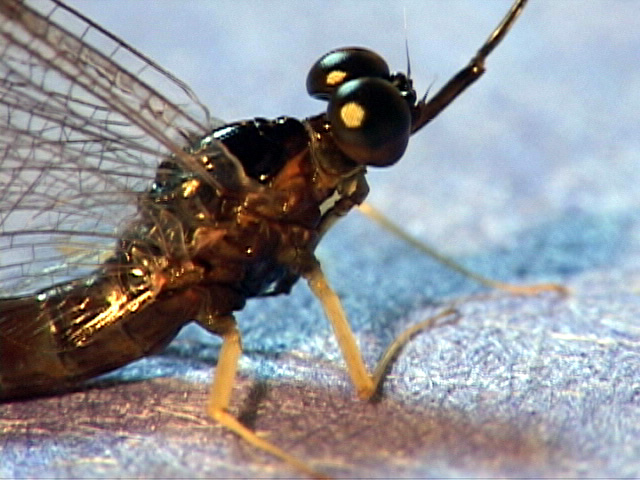
Bicolor spinners are one of the
most important mayflies in the
park. The duns are not important
to anglers.
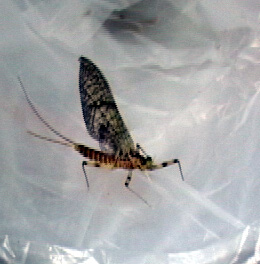
another important species of
mayflies that are present in all
the streams in the smokies.
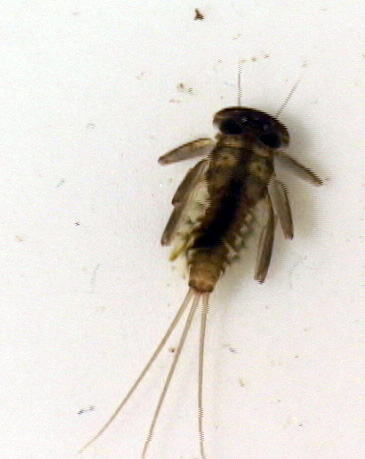
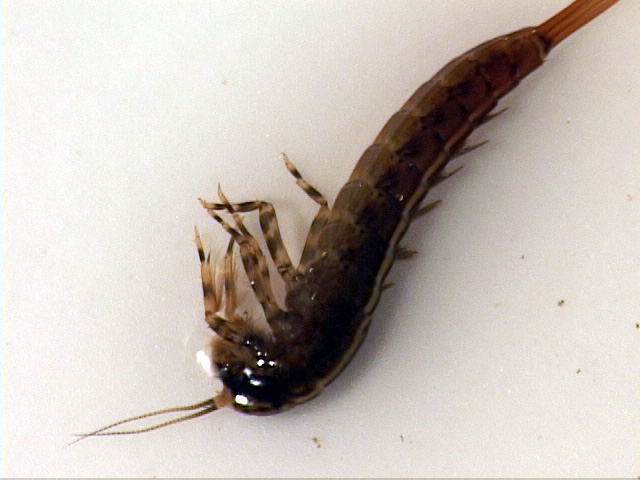
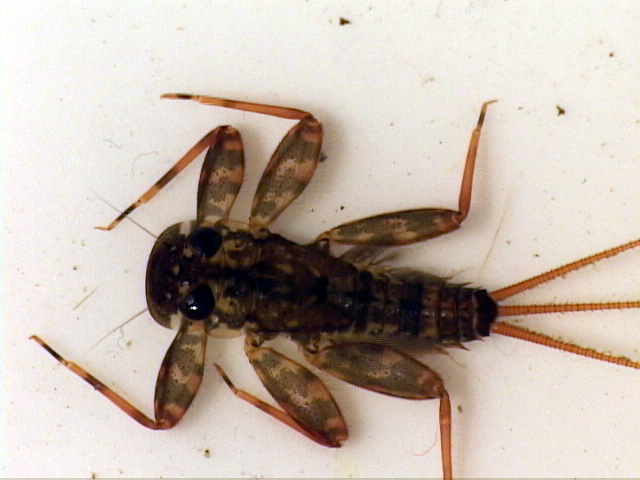
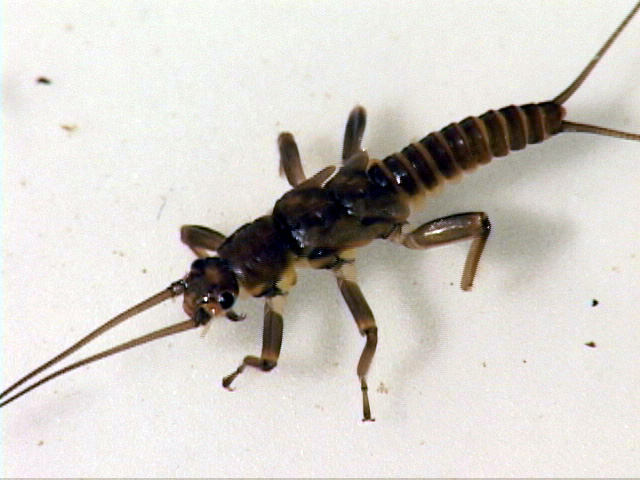
one of the winter stoneflies.
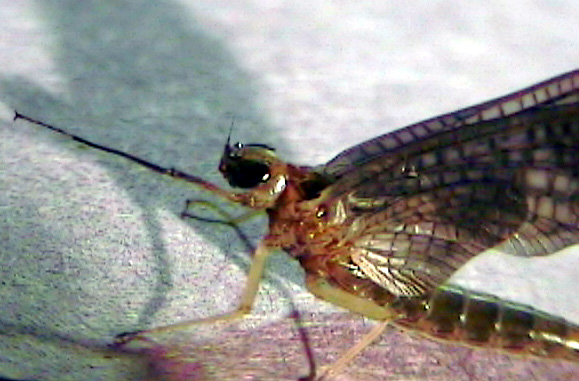
match this mayfly. It will not see
the water. It hatches out of the
water and returns only as a
spinner.

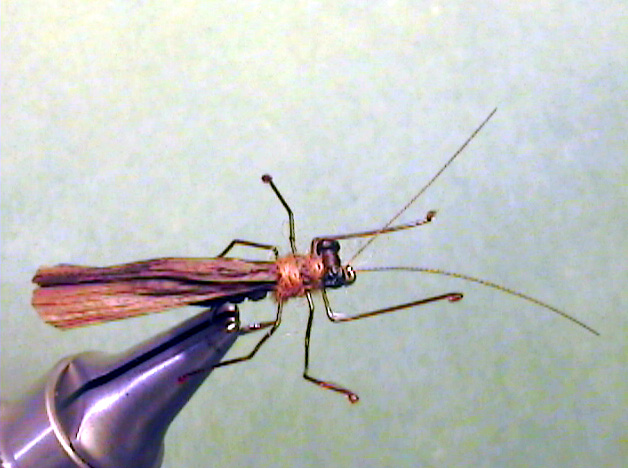
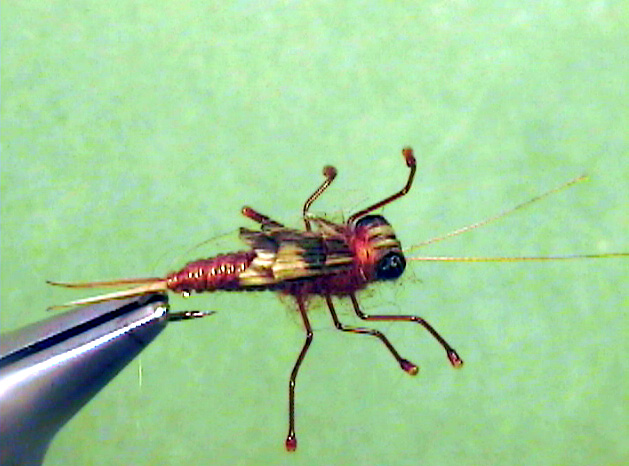
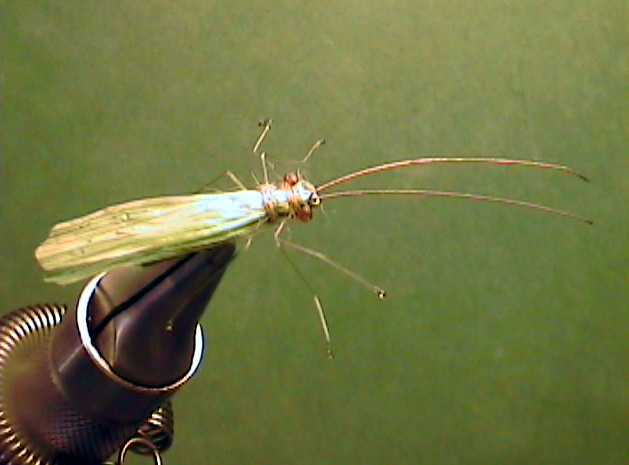
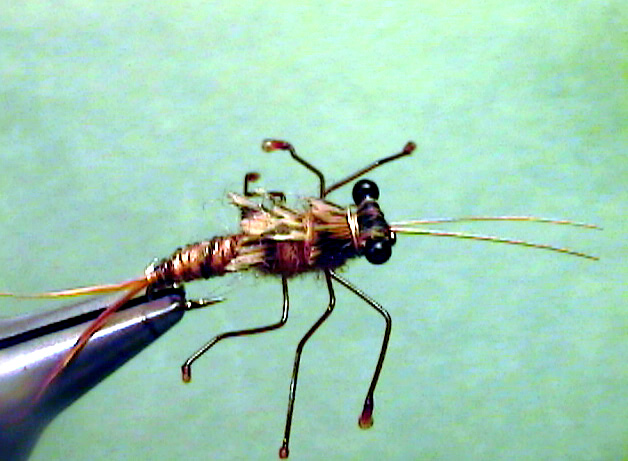

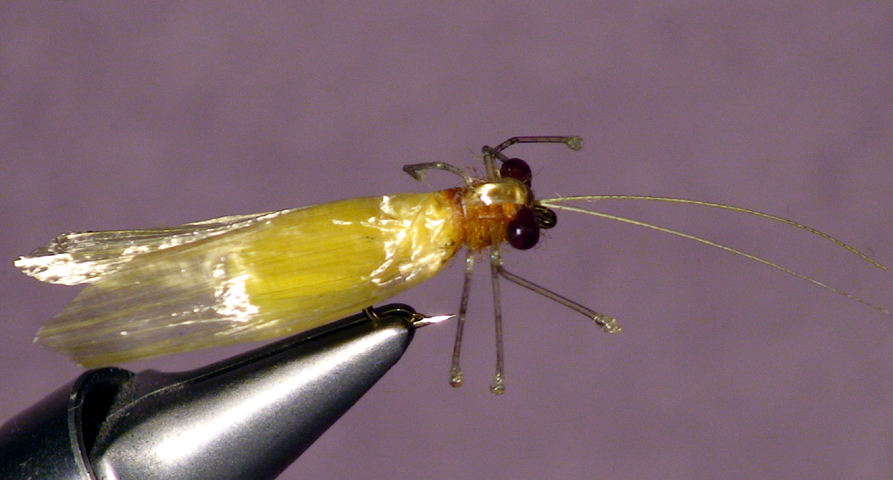
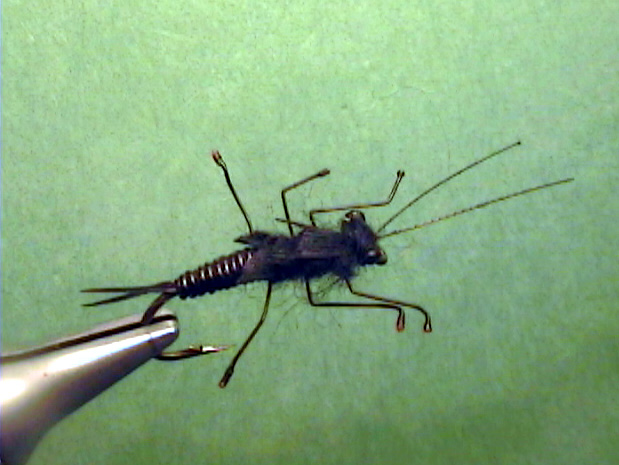
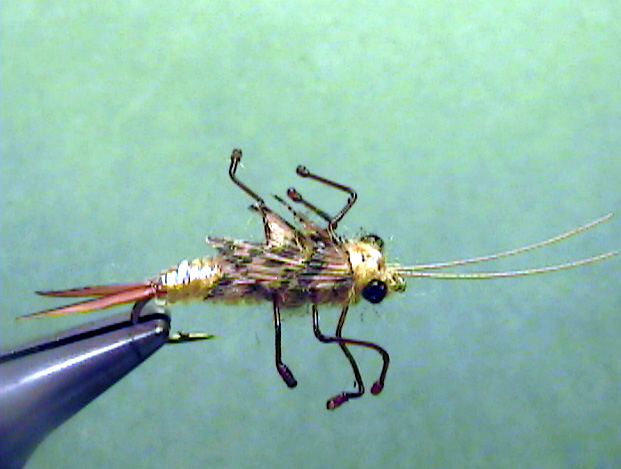
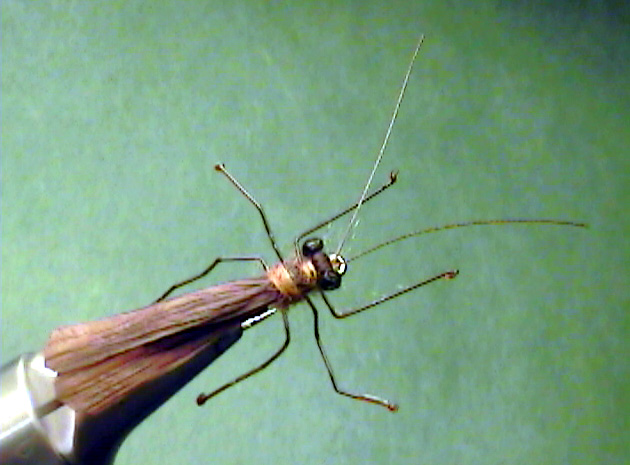

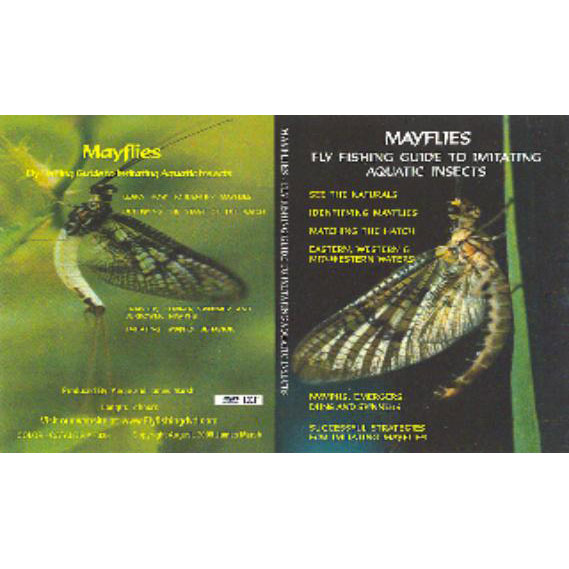

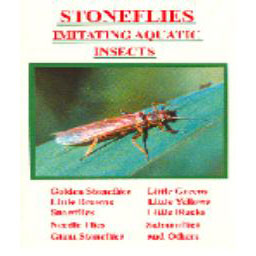
Click here to purchase & for more information
